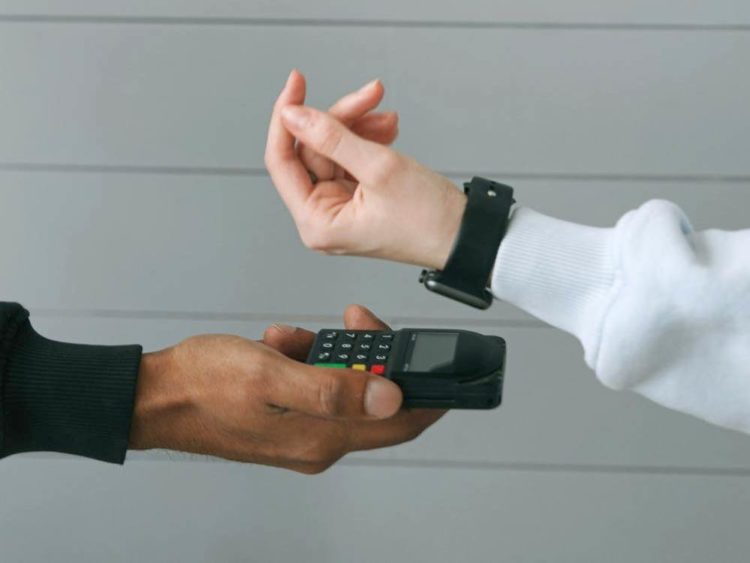In the decade ahead, the focus of payments innovation will shift from consumers to businesses. Payments will be an operating system as tech firms build autonomous payments into connected devices and platforms, or weave programmable payments into accessible, frictionless, and secure customer experiences.
Autonomous payments will rebalance economic and market power, assert and protect identity in new ways, and overhaul existing rewards structures. As this shift in processes and preferences expands, it will fundamentally disrupt the status quo for today’s payments leaders.

The Forrester, The Future Of Payments, predicts that by 2030, payments will become a feature in devices — including vehicles — with owners loading preferred payment options and usage rules into their profiles.
“The focus of innovation will shift to business. Corporates, as well as small- and medium-sized businesses, will pay to alleviate friction from arcane processes and legacy B2B payments,” said Forrester analyst Meng Liu.
In the next ten years:
Tech titans will dominate the entry point for payments
Without regulatory intervention, tech titans will keep consolidating and orchestrating more of a customer’s relationship with payments, assimilating value-adding services like “Buy Now Pay Later” (BNPL), card issuing, and P2P payments.
Liu further added that payment providers will leverage a host of technologies such as AI, RPA, APIs and virtual cards to integrate, aggregate, and orchestrate the fragments and improve interoperability in the B2B payments value chain.
Payment fabric providers will dominate the landscape.

Forrester principal analyst Jacob Morgan noted that the last decade was all about mobile payments and the consumer. The next decade is all about building payment fabric for businesses — embedding technology, and programmable payments — as payments become an operating system.
These payment fabric providers will help intermediate layers of the payment stack and encapsulate payments technology in vertical platforms for industries such as restaurants or airlines. Interoperability will be a winning strategy — controlling the point of access or the point of integration to a collection of networks.
Platforms will create their own payments networks.
Taking cues from Singapore’s Grab platform and Italian-based utility Enel, large firms like utilities and telcos will seek to orchestrate their own payment platforms — enabling tighter control over payments and creating new revenue streams.

According to Forrester senior analyst, Lily Varon retailers and brands seem to be stuck on one question when it comes to their payments acceptance strategies: ‘What is the next payment method I must accept from my customers?’
She argues that this is only just the tip of the iceberg. “Now’s the time to step off that proverbial hamster wheel and assess the many technological innovations that will shape the next decade, modify consumer behaviour, and declutter payments for their businesses and their consumers,” she concluded.





